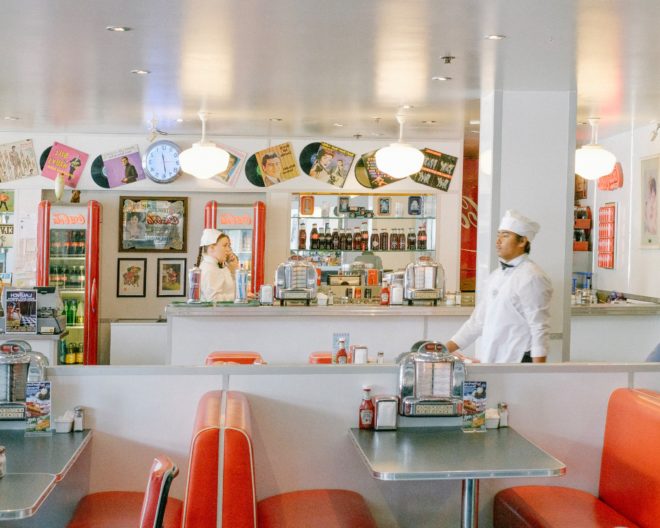Restaurants Keep Drive-Thru and Takeout, Hesitate to Open Dining Rooms

Approximately 1.5 million U.S. residents have been diagnosed with COVID-19, including 90,000 people who have lost their lives. Most of the infections are caused by respiratory droplets whose probability of transmission rises linearly with the amount of time that people spend in close proximity to one another. For this health concern alone, restaurant owners are hesitating to reopen their dining rooms.
In Kentucky, restaurateur Ryan Rogers says that his dining rooms will stay closed, continuing only carryout and curbside delivery. “Fiscally, I really want to do that, but we’re talking about people’s health and safety,” Rogers explained. Another restaurateur in the state agreed, “As much as we would love to open our restaurant again for in-house dining, we feel that it would not be possible to operate under the proposed regulations. The health and safety of our guests, staff and our family is our highest priority.”
In addition to medical concerns, there are also significant financial reasons to delay dining room reopenings. Many operators question why they should subject themselves to 25% capacity limits when their typical profit margins were already less than 10%. “Got an email from our local favourite place and they said they will not reopen for dining-in as 10 people will result in losing money. Will still do their takeaway,” explains one patron succinctly.
Restaurant owners also wonder why they should hurry to reopen when, according to a nationwide poll by The University of Maryland, only 22% of U.S. residents feel comfortable eating out at a sit-down restaurant. Sales at reopened restaurants in Georgia restaurants are down 61% versus the same period in 2019.
Reopening for dine-in service is a costly proposition. As reported Thursday, McDonald’s has thumped a 59-page instruction manual onto its franchisees detailing dining room reopening requirements, the vast majority of which accompany no financial assistance from McDonald’s Corporation. Pizza Inn and Wendy’s have also released thick booklets for dining rooms, filled with non-reimbursable expense items for franchisees. The U.S. Centers for Disease Control and Prevention also released 11 new dining room rules on Friday. Satisfying these requirements will incur significant new costs.
With takeaway sales doing so well, why reopen dining rooms at all? Fast food chain Raising Cane’s disclosed today that its drive-thru sales are actually higher than pre-coronavirus levels. Responsible for 500 locations, CEO Todd Graves has opted to keep all dining rooms closed. “We’re just waiting. It’s just prudent for us to do that,” he said. Wendy’s CEO Todd Penegor concurred during his company’s first quarter earnings call, “We’re in no rush to reopen our dining rooms.”
“I doubt customers will show up,” says the CEO of Euro Pacific Capital. “People go to restaurants for the atmosphere and camaraderie, not just to eat. They are willing to pay extra for food and alcohol for the overall dining experience. The social distancing measures being contemplated to reopen will ruin that experience.”
Fellow chain restaurant owners agree. The owner of 19 dine-in restaurants in New York City says that he will not reopen “until there’s a vaccine” and has laid off 2,000 employees. A franchisee of Chick-fil-A also opted out of reopening sit-down areas, posting a statement to Instagram, “Although the city of Hattiesburg has allowed restaurants to open inside dining to 50% capacity on Monday, our dining room will not reopen at this time. We will continue serving our guests through our double drive-thru, catering pick-up, and mobile curbside orders for the time being.”
Photo by Alvin Balemesa on Unsplash

Leave a Reply